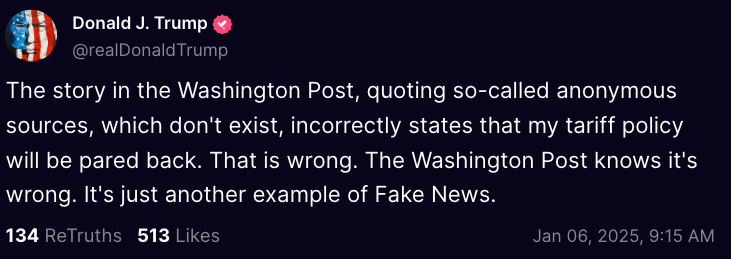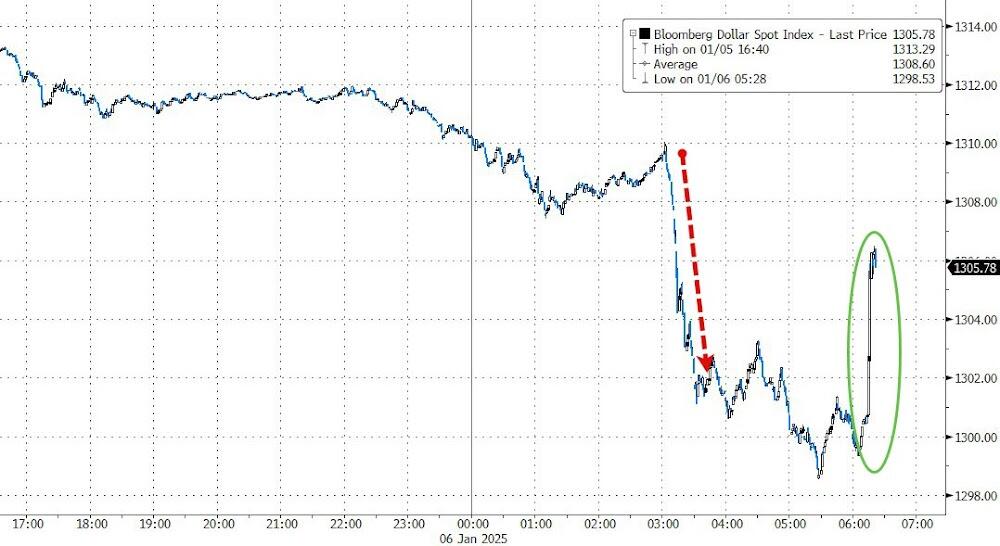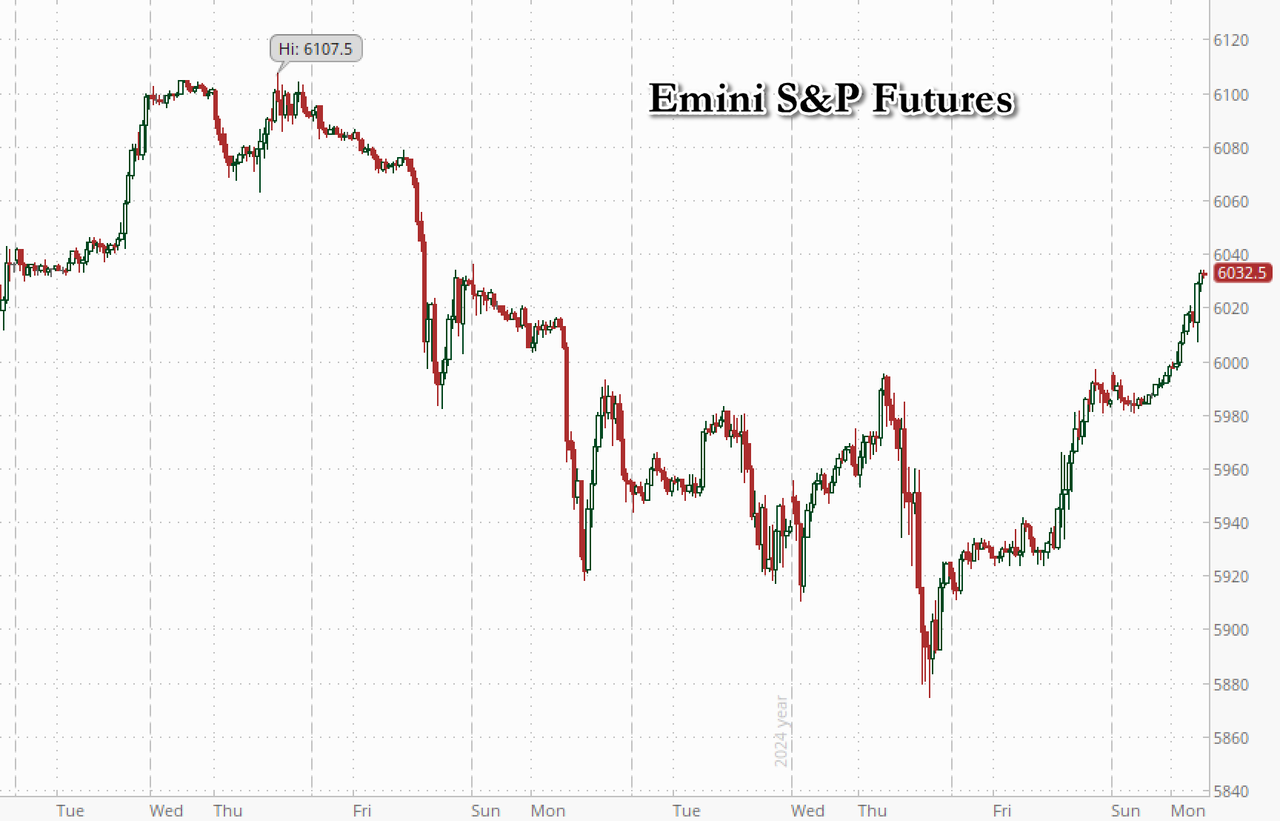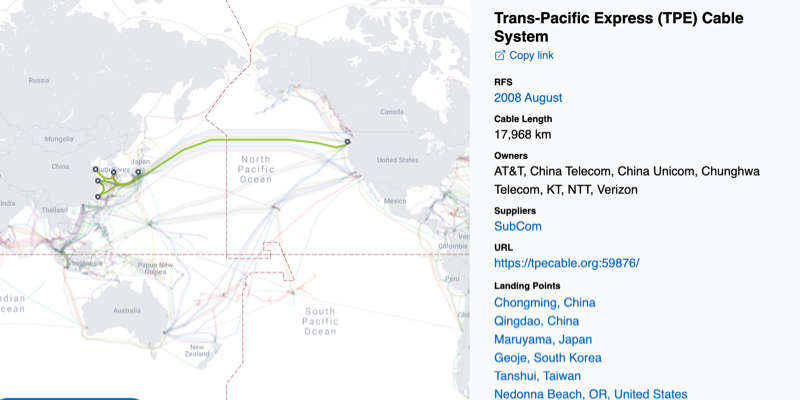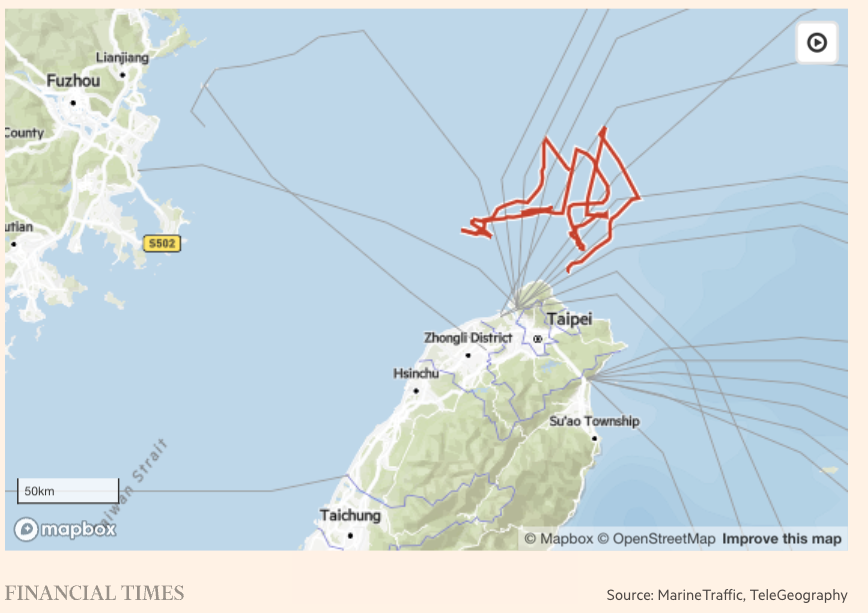If you’re familiar with the Broken Windows theory of policing, you may have learned of it, perhaps indirectly, from Malcolm Gladwell’s bestseller “The Tipping Point,” published 25 years ago. In the book’s most-discussed chapter, Gladwell sought to explain why New York City, in the 1990s, suddenly experienced the greatest drop in violent crime ever recorded. True, other cities saw crime decline in this period, but nowhere else did crime plunge so significantly and so swiftly. In just a few years, New York went from being one of the most dangerous and frightening big cities in America to one of the safest. Why?
Gladwell surveyed various possibilities having to do with the economy, changing demographics and the waning of the deadly crack trade, but found them unpersuasive. The real difference-maker, he said, was the NYPD’s commitment to Broken Windows policing — the disarmingly simple idea that serious crimes are more likely to occur in disorderly environments than orderly ones. By upgrading people’s surroundings, the theory says, you can improve their behavior.
Now, however, on the silver anniversary of “The Tipping Point,” Gladwell says he got the crime chapter wrong. He still believes that criminal behavior can be socially contagious, but he rejects the idea that police should enforce laws against relatively minor crimes with the hope of preventing major ones. On a recent episode of his popular podcast “Revisionist History,” he says that Broken Windows was worse than ineffective; it was counterproductive, because it pointlessly ratcheted up tensions in minority communities. “I was wrong,” Gladwell says, dolefully. “I’m sorry.”
I have good news for Gladwell: He was right the first time.
Tolerance & discretion
Though some progressives have attempted to discredit Broken Windows, a wealth of evidence suggests that the approach remains a powerful crime deterrent. Gladwell’s mea culpa is bound to sow confusion. Like many police critics, he mistakenly conflates Broken Windows with “stop and frisk” and “zero tolerance” policing, when in fact, these are all distinct from one another.
Let’s backtrack for a moment. Broken Windows entered the crime-control lexicon in 1982, when the social scientists George Kelling and James Q. Wilson published an essay by that title in The Atlantic. They explored the relationship between crime and disorder with an analogy: “If a window in a building is broken and left unrepaired, all of the rest of the windows will soon be broken,” they observed. “One unrepaired broken window is a signal that no one cares, and so breaking more windows costs nothing.” Similarly, when rowdy or disorderly behavior goes unpunished in neighborhoods, law-abiding citizens will tend to avoid those areas, making them more susceptible to criminal invasion.
Gladwell overlooks two crucial things about Broken Windows (which can also be called “order-maintenance policing”). First, Broken Windows grants cops broad discretion when deciding whether to write a ticket or make an arrest. Second, Broken Windows was never meant to be imposed on communities from on high. Rather, it is an approach that asks cops to uphold basic behavioral norms, with the understanding that urban areas vary widely, and that many neighborhood “rules” are established informally.
It’s illegal to sleep on a New York City sidewalk, for example, but in most parts of the city, cops won’t rouse a homeless person who isn’t creating a disturbance. Panhandling, on the other hand, is legal in New York, but the police may intervene if it’s done menacingly, or near an ATM, or if the beggar is accosting people while they’re eating.
‘Under control’
One night many years ago, in Hell’s Kitchen, a police officer spotted me drinking a Budweiser on a sidewalk — a classic quality-of-life offense that put me in violation of Section 10-125 of the New York City Administrative Code. But it was late, few people were around, and no one seemed to mind. She looked at me quizzically, and I responded sheepishly, at which point she lifted the beer from my hand and, in one fluid motion, dropped it in a nearby trash can. “Have a good night,” she said curtly.
Put another way, Broken Windows policing, when properly implemented, is not meant to crack down aggressively on people for every possible minor offense. It is much more flexible. Its goal is simply to demonstrate that urban areas are “under control” and that various types of unconstrained disorder will not be tolerated.
In “Justice in New York” — an oral history compiled by professors at John Jay College of Criminal Justice — the late John Timoney, a high-ranking NYPD officer, justified Broken Windows on two grounds. “People deserve to have a decent quality of life, right? You shouldn’t have to watch guys drinking out in the street, pissing on the sidewalk, all of that.” And its corresponding crime reductions were significant.
Timoney offered an example: During the 1970s and 1980s, Greenwich Village on weekends was a haven for boisterous young people from New Jersey and the suburbs (the dreaded “bridge and tunnel crowd”). They would carouse in groups, drinking openly. Late at night, while liquored up, they were prone to committing crimes, such as brawling, vandalism or harassing gay people. In response to community complaints, cops started waiting for the interlopers at the Christopher Street PATH station at around 7 p.m.
“The minute they get off the train, [if they were drinking,] we confiscate their beer, give them the citation, send them home,” Timoney said. When cops started issuing tickets for quality-of-life violations in Greenwich Village, the neighborhood ceased being a mecca for rowdy behavior. “The nonsense that was going to happen at ten, eleven, twelve, later on, didn’t happen,” he observed.
Minor crime, major bust
Another benefit of order-maintenance policing is that it will occasionally lead to the apprehension of dangerous criminals. In 1990, when William J. Bratton led the New York City Transit Police, he began addressing the pervasive problem of turnstile jumpers on the subways, who, in addition to costing the city about $100 million annually, were a constant source of annoyance to law-abiding citizens who paid for their rides and thought others should, too. (“Token suckers” were an even greater scourge. These were down-and-out New Yorkers who would apply their mouths to jammed turnstile slots, slurp up the subway tokens and resell them. It was disgusting.) When cops and MTA inspectors began honoring the desires of most citizens by finally cracking down on subway vaulters and token suckers, they found that 1 out of every 7 people they stopped had an outstanding warrant, and 1 in 20 was carrying a weapon.
Incoming Mayor Rudy Giuliani saw that Bratton’s use of Broken Windows brought major crime reductions to the subways, so in 1994, his first year in office, he named Bratton NYPD commissioner, and the department implemented Broken Windows citywide. Crime plunged. In 1993, New York City had endured 1,946 murders and 86,000 reported robberies. The following year, crime fell in all seven major crime categories. By 2000, homicides had plummeted to a total of 673 (a 65% decline over seven years) and robberies had fallen to a total of 30,000 (also a 65% decline).
Broken Windows critics point out that there is no such thing as a monocausal explanation for why crime rises or falls, and that it’s impossible to know precisely which factors will facilitate or mitigate crime, or to what degree. That is true. Cities are not laboratories where researchers can control for confounding variables, and human beings are not lab rats. Millions of autonomous citizens inhabit New York, and they have complicated reasons for committing, or not committing, crimes. Still, the evidence supporting order-maintenance policing is remarkably strong.
Going too far
In his podcast, Gladwell critiques Broken Windows with an anecdote. In early 2008, an African American medical student named David Floyd was on his way to school in The Bronx when he happened on a neighbor who had locked himself out of his apartment. Since Floyd’s godmother was the building’s landlord, he volunteered to help the tenant by retrieving his godmother’s heavy ring of keys, with which he tried to let the neighbor into his residence. At that moment, they were surprised by three plainclothes police officers who said there had been a rash of home invasions in the area. “We were stopped,” Floyd said. “We were of course told to put our hands up and stay where we are.”
Gladwell says this incident “reveals how the police put Broken Windows into practice,” but he’s wrong. The police who stopped Floyd were not trying to maintain public order according to the community’s desires. They were trying to prevent a possible crime in progress. Floyd is surely sincere when he says he found the ordeal “humiliating” and “scary,” but what else were the undercover police, who were out looking for burglars, supposed to do? It is not possible to police a densely packed city of 8 million people without occasional misunderstandings or hurt feelings.
In any case, Floyd was not arrested or even charged with a crime. Nevertheless, he became the face of a massive class-action lawsuit challenging the practice known as “stop and frisk” — which, incidentally, is known to police as “SQF,” for “stop, question and frisk.” That’s because questioning is a vital step that precedes a decision to search someone.
Though police need to be able to question people based on well-founded suspicions, they can obviously go too far. In 2013, in Floyd v. City of New York, a federal judge ruled that, in practice, the NYPD’s stop-and-frisk tactics violated the rights of minorities, who were stopped disproportionately and excessively. (The city appealed, but new Mayor Bill de Blasio dropped the appeal in 2014.) But this had nothing to do with Broken Windows policing.
Broken Windows also differs from zero-tolerance policing, which enforces a strict adherence to all laws, with little leniency or discretion. Gladwell errantly equates the practices. In his podcast, he calls Broken Windows “a hysterical leap that sees a man urinating on a sidewalk and says, ‘We have no choice but to lock him up.’ ”
Best medicine
Since 2017, peeing in public in New York City has been a civil offense, not a criminal one, so no one is going to jail for it. More significantly, under Broken Windows, cops get to decide whether to apply certain laws based on circumstances and community priorities. No one likes public urination. But if, for example, a homeless person was found furtively doing his business in a corner, or behind some bushes, because he has nowhere else to go, one expects that a well-trained officer would let it slide.
Most people agree that in the first years of the 2000s, the NYPD was too aggressive with SQF. The police made about 5 million SQF stops between 2002 and 2011, but only about 10% of them led to an arrest, and by some estimates, a paltry 2% of the stops led to a conviction. This was misguided and unnecessary policing, because by then, violent crime had already fallen.
In his 2021 book, “The Profession: A Memoir of Community, Race, and the Arc of Policing in America,” Bratton smartly analogizes cities to patients, and police commanders to doctors. “The skill of a successful police leader is the ability to look at his or her patient and develop the appropriate prescriptions and procedures to make the patient well.” In the 1990s, when crime was out of control and New Yorkers wanted help, a more aggressive, proactive approach was warranted. By the new century, crime in New York was less worrisome. The NYPD needed to listen to its “patients,” who were saying, in effect: “I don’t feel so sick anymore; the streets are safer, and maybe other medicines will keep crime down without all these side effects.”
Gladwell gives the unfortunate impression that he’s reluctant to credit the police for doing something right. I think I know why. Broken Windows originated from conservative policymaking circles. Insofar as Broken Windows prioritizes community control over individual liberties, it is philosophically conservative. And it enjoyed its greatest success under Giuliani, a polarizing (and now dishonored) Republican. As Matt DeLisi observed in City Journal, criminological theories with conservative undertones tend to be “shunned and pilloried,” while liberal ones are “embraced and lauded,” regardless of their effectiveness or merit.
Thoughtful solution
There is no shortage of pet theories that attribute the crime decline to something other than Broken Windows. Some say crime fell in the 1990s due to reduced exposure to leaded gasoline, or because we had fewer unwanted pregnancies after Roe v. Wade. Researchers have speculated that crime fell because less cash was in circulation (since people started using debit cards) or because teens were spending more time indoors (thanks to air conditioning, or because they were playing video games or watching porn). Some think that crime declined because of Prozac.
But even those who claim to oppose Broken Windows understand its wisdom and logic. When I encounter Broken Windows critics, I ask them: “Would you be comfortable traveling around a neighborhood where people were aggressively panhandling, nodding out on drugs, fencing stolen goods, soliciting prostitution or playing music at ear-splitting volumes? After all, none of these are violent or especially serious crimes, right?”
Their answer, if they’re being honest, will be “no.” And why? Because we intuitively understand that major crimes are far more likely to occur in out-of-control areas than in supervised and orderly ones.
Gladwell should relax. When Broken Windows is thoughtfully applied by police who merely seek to uphold minimal community standards, it almost always results in a victory for public safety.
John McMillian is an associate professor of history at Georgia State University in Atlanta. He is writing a book about crime and policing in New York City since the 1960s.
https://nypost.com/2025/01/05/opinion/fixing-broken-windows-theory-smart-not-harsh-policing-is-the-key-to-a-safe-and-orderly-city/
